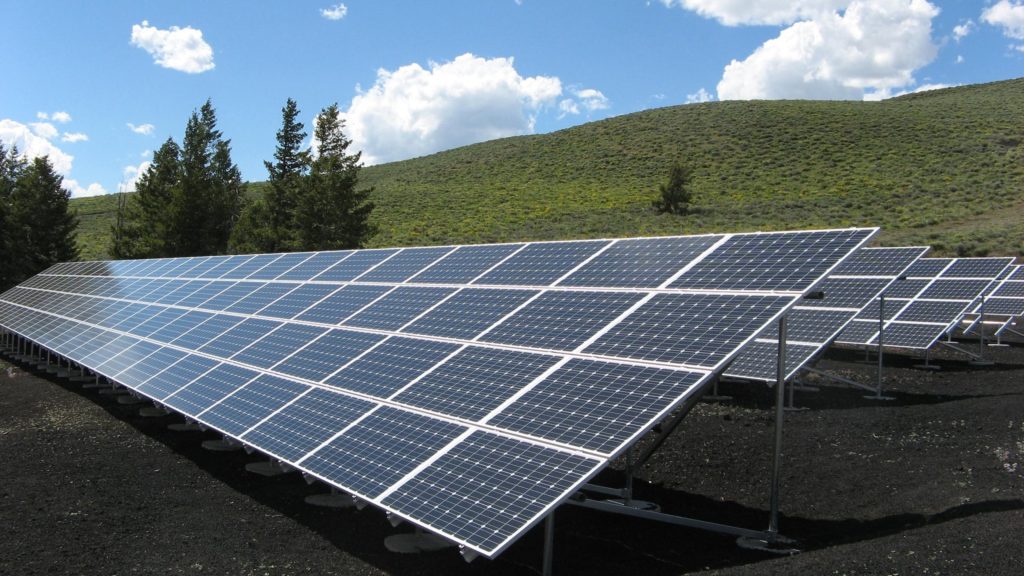How large companies are adapting to greener energy
Green energy. Companies worldwide are changing to adopt green energy sources, which is affecting other major businesses. There are a number of ways that companies are making greener choices, and this couldn’t be better news for the planet and our health.
Take a look at the following for the latest on how companies are evolving to use green energy across a variety of sectors.
Business perks of green energy
Companies of all sizes, including the largest in the world, are racing to reduce pollution, invest in renewable energy, and financially back conservation efforts. When businesses in the spotlight place an emphasis on clean energy and show the resulting financial benefits, other businesses follow.
Businesses are finding that energy sources, such as wind energy, are not only clean but also the most affordable option. In addition to saving money, businesses find that customers are becoming savvier today and often demand clean sources of energy from the businesses where they make purchases. By setting in motion goals for completely renewable energy and greenhouse gas reductions, businesses are doing their part to fulfil the Paris accord to reduce globally rising temperatures.
Even in the US, where government policies are not currently pushing this boom forward, business owners continue to take advantage of the environmental and financial incentives associated with going green. Companies are reducing the use of paper by relying heavily on email and enforcing a paperless workplace. They are also reducing electricity usage by installing solar panels outdoors and automatic light switches that time out indoors. Companies are also encouraging carpooling, recycling and reducing waste.
Eco-friendly policies
We trust the government to make decisions that will benefit the planet and our health, especially when it comes to issues such as pollution. Here are some of the policies that are shaping the way that countries are protecting the environment.
While Finland and Sweden have the largest percentage of renewable energy consumption, many other European countries are catching up quickly. About 50 years ago, over 75 per cent of Sweden’s energy was from oil. In recent years, this number has decreased to about 20 per cent.
In the UK last year, we saw the carbon dioxide level drop as low as the required level according to governmental climate advisors by the year 2030. With record wind and solar energy output, it caused negative power prices. This resulted in traditional power plants paying suppliers to take their electricity.
In 2011 when Angela Merkel of Germany announced that nuclear reactors would be phased out by 2022, many were sceptical about how renewable energy sources would meet the country’s needs. Two years ago, many were amazed when Germany was able to source over 85 per cent of its energy with renewable sources thanks to high winds on 8th May.
As the world leader investing in renewable energy and the biggest wind and solar energy producer globally, China is working toward a greener future. President Xi Jinping promises to continue reforming for globalisation. In an effort to reduce air and water pollution, the Chinese government is promoting renewable energy. In fact, China intends to decrease fossil fuel generated electricity by four per cent by 2020.
It seems simple that businesses would want to adapt green energy in their practices because it saves money, provides excellent PR opportunities, helps the environment, and promotes health. Government policies further push us toward a greener future. Business sectors, including those that are unexpected, are investing in green practices and technologies. As environmental policies evolve, so will businesses need to adapt to eco-friendly methods.





